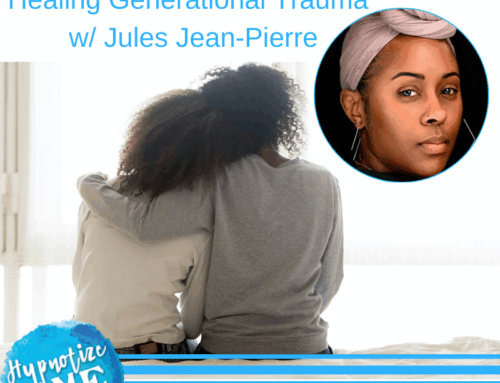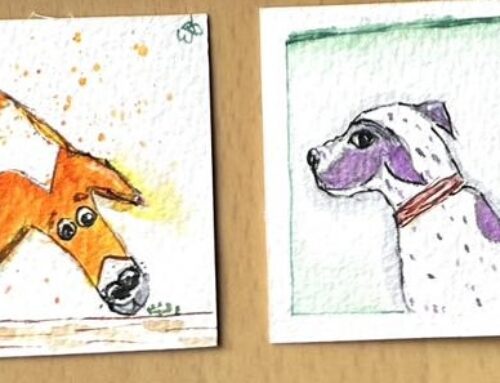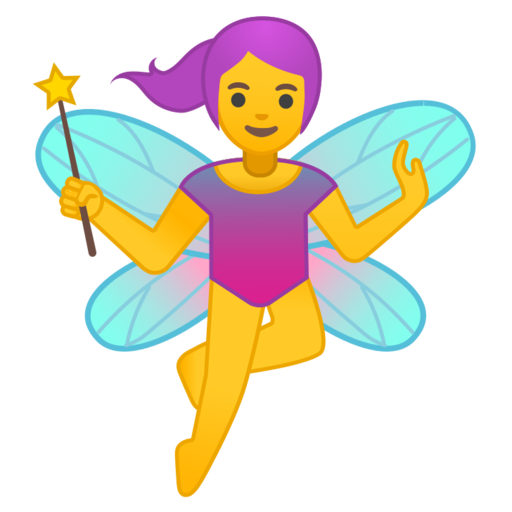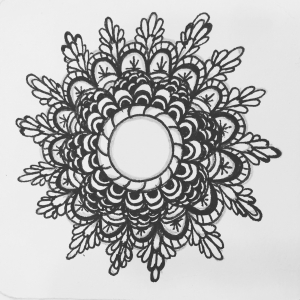
Learn easy techniques to decrease anxiety. Call for a free consultation 954-309-9071. Zentangle by Dr. Liz
Before treatment, people feel they have no control over their anxiety at all. If it’s coming, it’s coming. There’s nothing they can do about it. After treatment, they know that there are all kinds of things they can do to not just decrease anxiety but also prevent it.
If you wake up in the middle of the night with your heart pounding, cold sweats, and that feeling that the world is caving in, there are things you can do to help yourself. If you wake up in the morning and dread the day, there are things you can do to help yourself. If you’re sitting on the phone with someone and you feel your anxiety rise during the conversation, there are things you can do to help yourself. Anxiety is not inevitable. You can decrease it, prevent it, tame it.
Zentangling for Anxiety
One of those things is Zentangling, which is a drawing technique. Now you might be saying, “I can’t draw worth a whit!” Most people I talk to feel this way. You might also say, “I can’t control anxiety worth a whit!” But I’m here to tell you that you can. You can so much so that we have an entire profession with specialists in treating and decreasing anxiety just for you. But let’s get back to drawing . . .
Zentangling is the art of drawing patterns. That’s it. Can you draw a bunch of circles right beside each other? Go ahead . . . take a minute and do it . . . Yes, you can. Then you can zentangle.
Drawing patterns calms the mind
What happens is that drawing patterns calms the mind. It forces it to concentrate on something else, something other 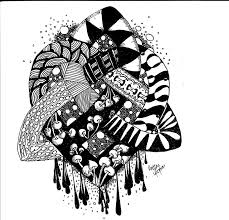 than anxiety, bypassing the anxiety system. Part of why drawing feels so good for us is that it also takes us back to when we were children, so it speaks to your inner child.
than anxiety, bypassing the anxiety system. Part of why drawing feels so good for us is that it also takes us back to when we were children, so it speaks to your inner child.
Do you remember a time when you were itsy bitsy and loved drawing? I don’t know a single small child who doesn’t love to draw. They’ll draw anything and anywhere (if you let them!). They don’t care how it looks or if it’s “good enough.” They just draw and draw and draw. And color and color and color. When you were small, whatever you drew was great, because it was the act of drawing and coloring that was fun.
I believe it’s the motion of the hand moving, engaged with the brain that puts you in a trance like state when you draw and color as a child. And it does the same for us as adults. When you’re in a drawing “trance,” meaning you’re focused while at the same time active, then you’re not living in anxiety. Your heart rate slows down, your breath slows down, and the anxiety has a chance to pass.
At some point, someone started commenting on your art or perhaps you had a parent who didn’t encourage you to do what you loved. Perhaps they were “practical.” So you stopped coloring and drawing. Perhaps you found other interests or were too busy playing to slow down to color.
So you now have the choice to get back to drawing, to color with abandon, and to learn something like zentangling in order to help yourself decrease anxiety.
Drawing is Portable . . . as are skills for decreasing Anxiety
You can zentangle at home or anywhere you go since drawing is portable. That means if you feel anxiety coming on at work or in the waiting room of a doctor’s office, while waiting for your child to get out of school or even during a PTA meeting, you can pull a little zentangle tile or a small drawing notebook out of your pocket or your purse and start to draw, bypassing the anxiety system and calming yourself down.
You can stick to basic patterns or get more complex. If you’re one of those people who think you can’t draw at all, start with something simple. Learn basic patterns and then build on those as you go.
If you have kids, they will absolutely love doing this and want to do it with you. You will actually have to keep them away from your pencils and pens. My kids had their own pen to use so that they didn’t ruin mine by pressing too hard. And it’s a great skill for them to learn. They can entertain themselves while in the car or while waiting, which they have to do all the time for us boring grown-ups. They can draw for their friends. They can draw for themselves. They can draw for you and you can ooooh and ahhh over their drawings.
 And then you can show them your drawing. They’ll see you slow down, sit with them while they do their homework, and handle your anxiety. They’ll see you in control of your emotions and not feeling like you’re going to freak out at any minute. They’ll learn that both you and they have choices about how to prevent and decrease anxiety. That’s the real skill and the real benefit to zentangling.
And then you can show them your drawing. They’ll see you slow down, sit with them while they do their homework, and handle your anxiety. They’ll see you in control of your emotions and not feeling like you’re going to freak out at any minute. They’ll learn that both you and they have choices about how to prevent and decrease anxiety. That’s the real skill and the real benefit to zentangling.
If you would like to schedule a free consultation to learn how to decrease anxiety in the Broward County and the Fort Lauderdale / South Florida area, call 954-309-9071.
Yours in health,
Dr. Liz
Resources for Zentangling to decrease Anxiety
There are a million zentangle patterns to learn, apps for your iphone, and YouTube videos. Here are a few resources to get you started:
Zentangle.com – The originators of the term “zentangle.”
TanglePatterns.com – An extensive site of patterns.
Beez in the Belfry – Sandy Bartholomew has written several books on zentangling, one for kids.
Tangle Tangle Tangle – A nice tangle blog
And a nice starter video:


